UDL and modern learning
Learn from an expert why Universal Design matters, and how choice in the classroom creates expert learners.
 5 min read
5 min read
 Published: 2 Jul 2021
Published: 2 Jul 2021
 Luke Garbutt
Luke Garbutt
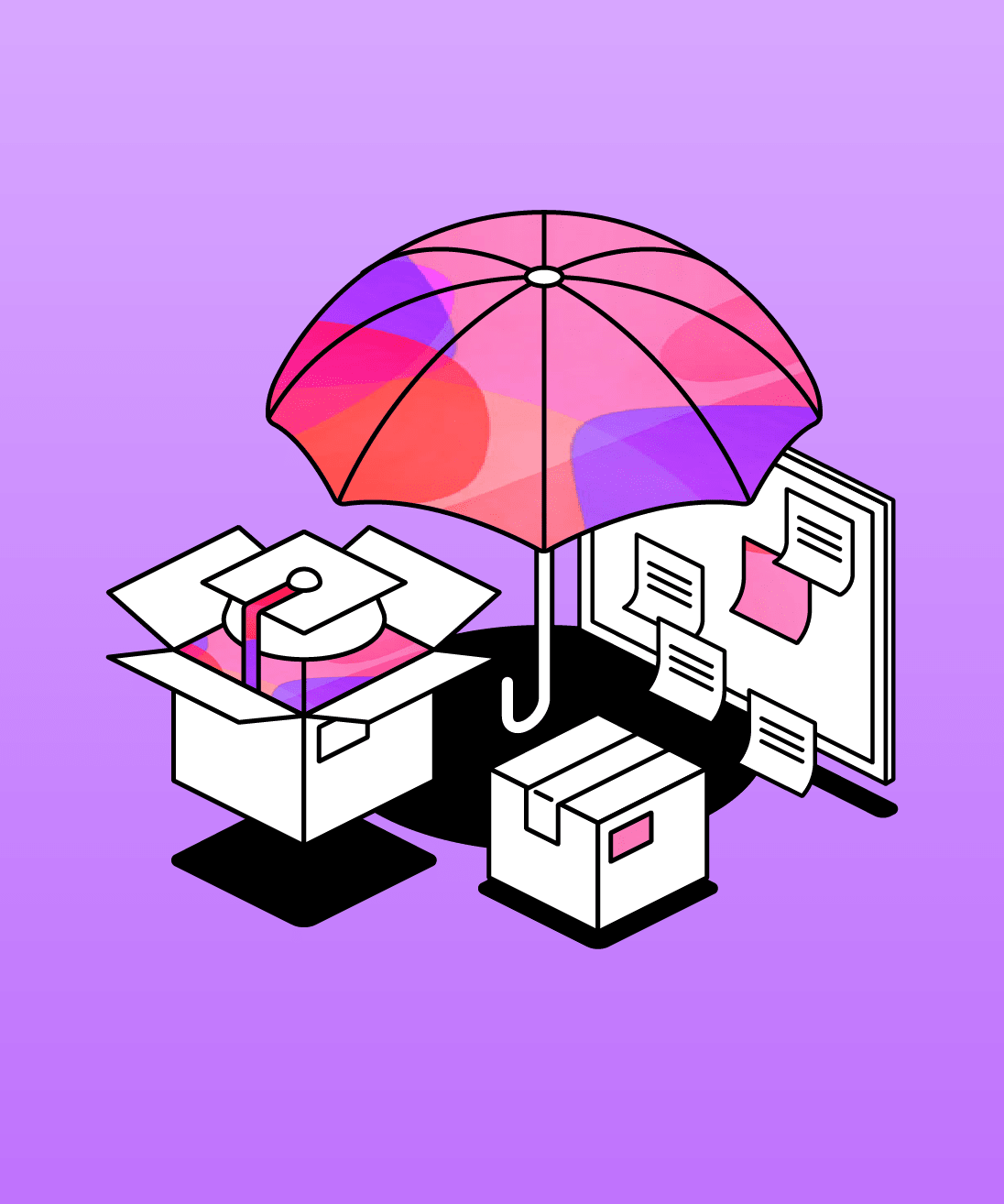
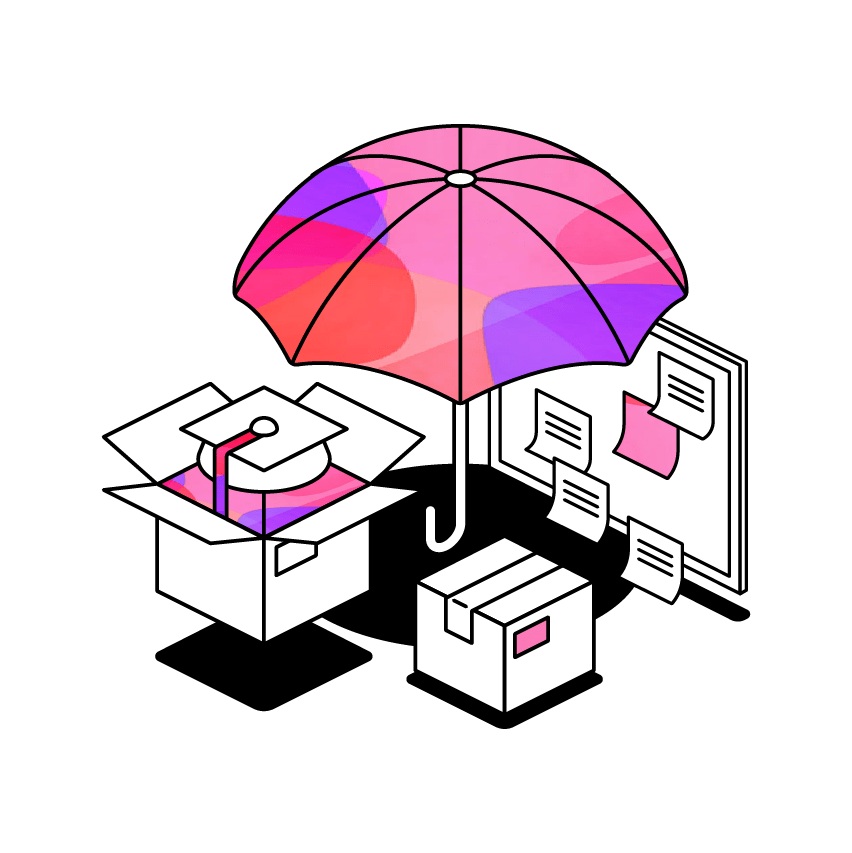
The goal of every disability services department? Become obsolete.
If the learning space is accessible, there should be no need for interventions. Students with and without disabilities can learn according to their abilities, free to pursue their way through education with confidence. That’s the highest goal of disability support.
So how far along have institutions come to realising this goal? And what are the pathways to it?
One strategy that those in disability support will be familiar with is ‘universal design’.
Universal Design for Learning
Originally conceived by CAST in the late 80’s, Universal Design for Learning is a framework that aims to make the classroom not only accessible to all, but designed to produce expert learners.
Since its inception, UDL has gained serious momentum, finding advocates and strategists on campuses across the US and beyond.
Introducing Loui
Loui Lord-Nelson, author of Design and Deliver: Planning and Teaching Universal Design for Learning, is a leading policy advocate and designer of universal learning systems and methodologies.
She sat down with us recently to discuss the framework; how it works, why it’s so important, and what you can do to push for universal design on your campus.
Multiple modalities of learning
Universal design hinges on choices presented to the learner. Do students have multiple means of accessing learning? Can they interact with and express that learning in different ways?
Answering these questions will determine how close you are to achieving an inclusive classroom.
The pillars of UDL are Engagement, Representation and Action & Expression. These are the touchpoints of learning that need to be made universally accessible.
Engagement
- Recruiting interest: Giving your students a reason to care, and making an environment suitable for learning
- Sustaining effort & persistence: Maintaining challenge alongside relevant, achievable goals and objectives. Also, encouraging community and collaboration
- Self-regulation: Keeping students motivated, encouraging personal reflection and developing strategies for improvement
Representation
- Perception: Alternatives to sensory information and customisation options for display
- Language & Symbols: Clarify specialised vocabulary and symbols and reduce barriers for non-native English speakers
- Comprehension: Help students understand and create meaningful connections between materials and information
Action & Expression
- Physical Action: Have different methods for response and navigation, and broaden access to assistive tech
- Expression & Communication: Use different methods for communication and composition
- Executive functions: Guide students toward assessing their learning development
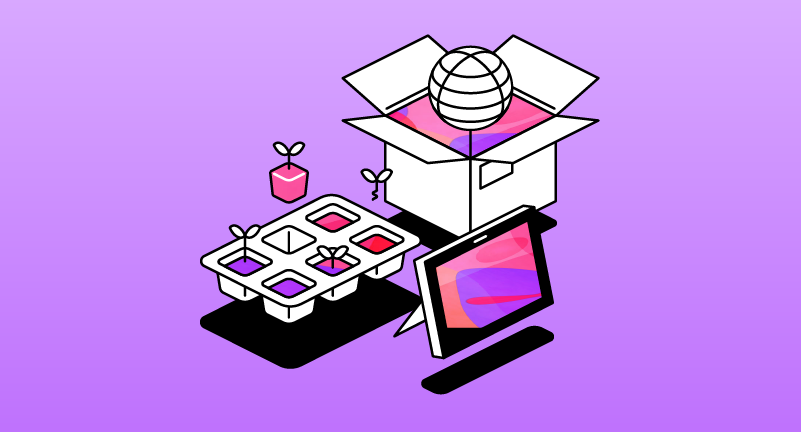
What's the objective?
The goal of the framework is to create ‘expert learners’ who are Purposeful & Motivated, Resourceful & Knowledgeable and Strategic & Goal-Directed.
In other words, it’s designed to create independent, self-regulated learners.
This confers benefits not just to those experiencing classroom barriers presented by disability, but all students. That’s the refrain of UDL advocates - it’s about shaping learning environments that allow all to flourish.
Common classroom barriers
Learners face all kinds of barriers in the classroom, but by making the process of learning as open to choice as possible, Universal Design can help offset these problems.
Loui argues that by focusing on the larger goal of comprehension of learning material, you can work backwards to identify design problems that prevent sections of students from accessing the content.
A few basic barriers
If a learner is spending their time decoding symbols or terminology in a classroom, that’s an unnecessary barrier.
Similarly, if they’re forced to adopt restrictive methods for accessing content, that’s also a significant barrier to learning.
Ensuring that a lesson or assignment has multiple means of engagement, representation and action & expression means that you can also head off the kinds of issues that come up within disability services daily.
Digital content
A good example is the use of digital resources. Institutions have been dependent on these materials with remote learning. On their own, they’ve presented numerous accessibility issues for blind students. But as a tool in a wider set of options, they help create more autonomy for learners.
The problem has been a lack of awareness of what’s actually available in many cases.
The priority over the next few months, as education coalesces around new models, is consolidating the benefits and eliminating the drawbacks that the digital transition has created.
How remote learning has influenced Universal Design
According to Loui, there were 2 types of instructors when classes went remote - those who were already focused on their instructional design and pedagogy, and those who received a real shock to the system.
For the former, the pandemic was an opportunity to test flipped classrooms, asynchronous and synchronous components, manage new forms of communication and assess what’s working.
For the latter, remote learning mostly involved keeping things humming along and responding to issues as they develop.
One strategic, the other reactive.
It’s no surprise that many found themselves in the second camp given how reliant most college programs are on the lecture format. And of that group, many will be hoping to return to the physical classroom and deliver content as they did before.
But for the group really focused on pedagogy alongside content, there are a few opportunities ready to seize in the post-Covid classroom.
What lies ahead (and what you can do about it)
We asked Loui what opportunities existed for institutions in implementing Universal Design for Learning in the years to come.
A lot of it arises from metacognition.
Just as metacognition is important for regulating the learning process, it’s also really important for teaching. Without reflecting on practice and how education and support is designed, you could be leaving learners behind.
The circumstances education went through in 2020 forced this reflection on a mass scale.
Suddenly, teachers and support staff were compelled to ask real questions of their approach. And in the aftermath, having a framework to base decisions on - one that has the multi-faceted nature of learning as its reason for being - makes strategic future planning that much easier.
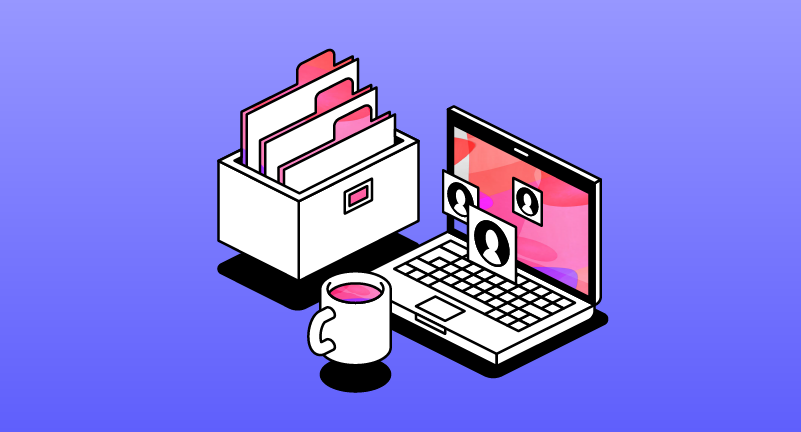
Resources and further reading on UDL
UDL isn’t just the concern of disability services. It’s a framework that can improve learning for all students, and as such, its remit goes much further.
To help advocate for UDL on your campus, Loui has a few resources that can help you and others get acquainted with the key issues.
First port of call
- CAST website’s ‘UDL on Campus’ resources
This is a great place to start. There are plenty of resources here for Higher Ed professionals to gain a grounding in the subject, including materials on the benefits of specific content forms and accessibility guidelines for each.
Building knowledge
- Reach Everyone, Teach Everyone: Universal Design for Learning in Higher Education by Thomas Tobin
This book was written to give higher ed professionals the knowledge they need to become expert advocates on the framework.
- Design and Deliver: Planning and Teaching Using Universal Design for Learning by Loui Lord Nelson
Loui’s book has been recognized as a foundational text on UDL. As well as a comprehensive overview of universal teaching practice, it offers insights from neuroscience research, case studies and more to make the case for a universal classroom.
- Think UDL podcast
The Think UDL series of podcasts focuses on current issues affecting the development of universal design, and features guests from all areas of education and support.
Getting the word out
- UDL Navigators in Higher Education by Jody Black and Eric Moore
Black and Moore’s book is about putting UDL ideas into practice and advocating for it on your campus. A must-read for those looking to recruit interest in the framework among colleagues and managers.
If you’d like to connect with others in the UDL space, this is the place to look. Regular events and a weekly newsletter will keep you up to date with what’s happening in the community.
Written by Luke Garbutt

Up next: how to become a self-regulated learner
Self-regulated learning is a key goal of universal design, and for many higher ed institutions, too. This post examines what it takes to become a self-regulated learner, and how targeted support can help all students take control in the classroom.
More from Supporting Students
View All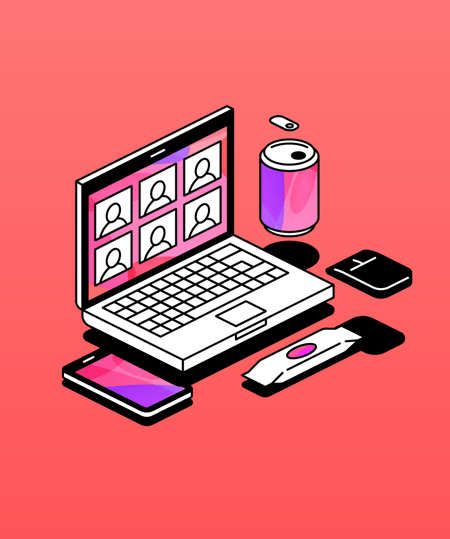
 2 min read
2 min read
Making learning more accessible with YouTube and Glean’s Chrome extension
Here, we'll explore how YouTube can be a powerful learning tool when combined with assistive technology. Empowering students to take control of their education and build the confidence they need to thrive.
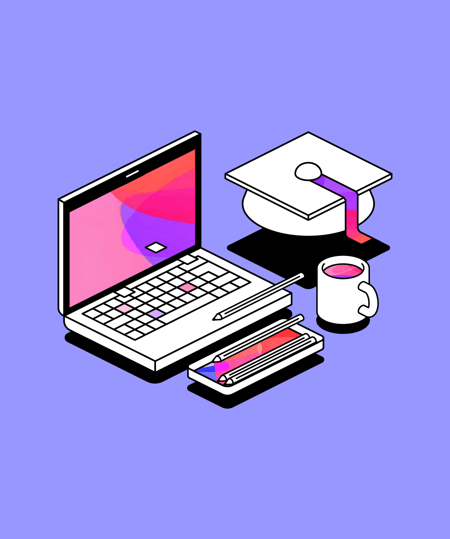
 4 min read
4 min read
A guide to assistive technology for university success
Discover the powerful world of assistive technology in higher education, designed to empower students to thrive academically. Explore what assistive technology is and how technology, like Glean, can transform note taking and boost academic success.
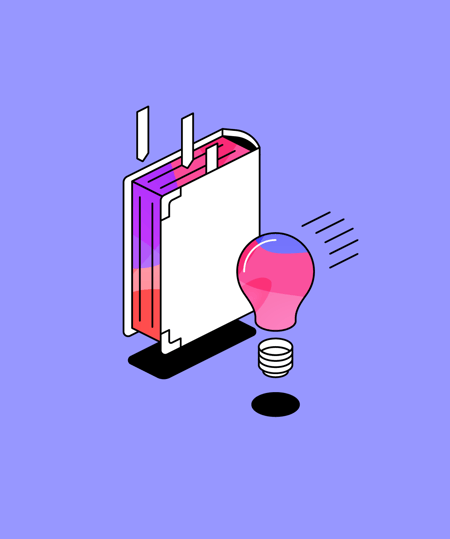
 3 min read
3 min read
How Glean helps underprepared students
Here, we take a deeper dive into underprepared students. Get a clear picture of who they are, the reasons behind their preparation gaps, and the impact on their confidence. Along with how using tools such as Glean can make a tangible difference.





